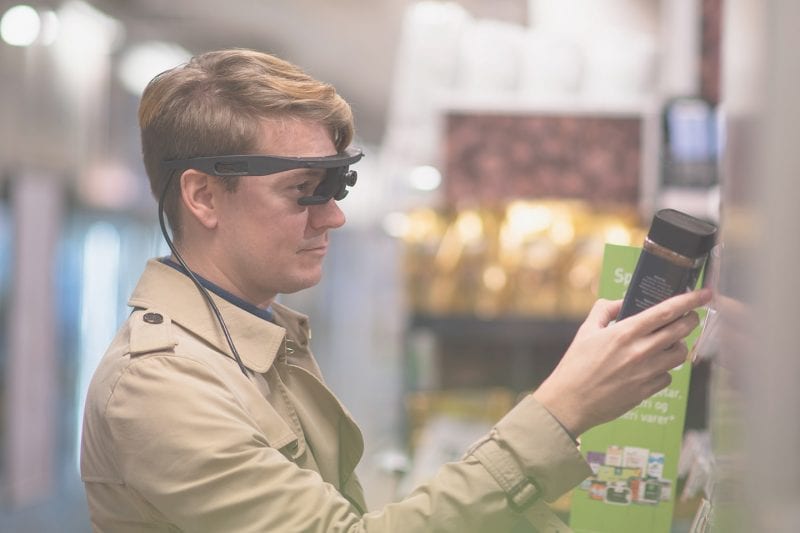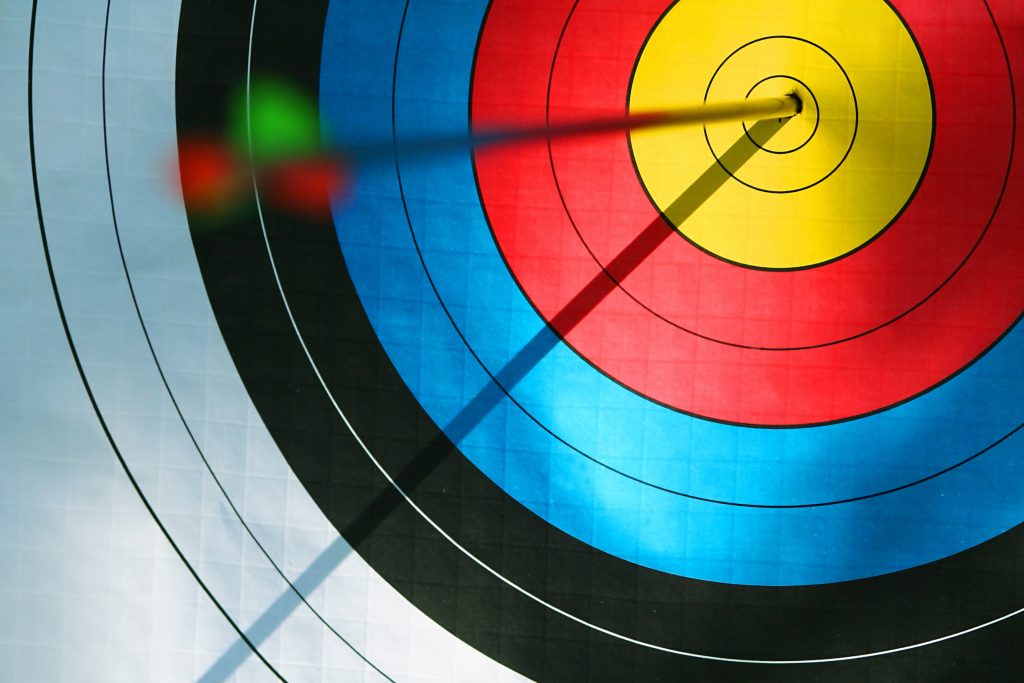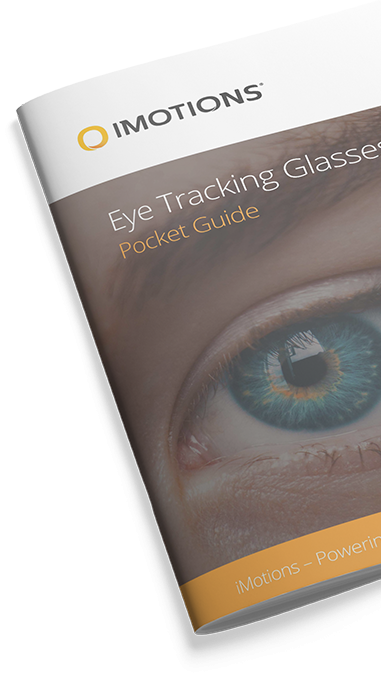Advancements in eye tracking glasses technology have revolutionized research in various domains. These glasses offer improved accuracy, design flexibility, and shock compensation, enabling studies in infant behavior, industrial safety, and sports performance. Modular designs aid infant research, safety-rated glasses enhance workplace training, and sports tracking covers diverse disciplines. Affordable options democratize access, reshaping research possibilities across fields.
Eye tracking glasses – the must-have hardware
Eye tracking glasses are often seen as the “superstar hardware” in human behavior research. That status is not very surprising when you consider that the glasses often have an excellent design and a quasi-futuristic look that makes anyone wearing them stand out as a serious and current researcher – with funding. When consulting with people interested in eye tracking research, we often see that eye tracking glasses are what they know, and often the one type they want.
From the very beginning of the technology, eye tracking glasses have been promoted as the eye tracking solution for the real world. The glasses promise to bring research out of the lab and into naturalistic settings. While that was true to a point, eye tracking glasses have not always been the confinement-free research tool that was promised, and more often than not research in the wild was still quite restricted in terms of mobility and accuracy.

However, we are now seeing the usability that was originally envisioned begin to emerge. Higher accuracy, increased robustness of the design, and overall higher design flexibility are paving the way for scientific advancement in several fields that have up until recently only been able to apply eye tracking glasses in a limited scope. Below, we will go through exactly what this looks like.
Research with children
Through increasing design flexibility, comfort, and resistance to movement, such as automatic shock compensation, studies on children from the age of 2, with eye tracking glasses are now more viable than ever before. Traditionally, studies with children have had to be conducted with screen-based eye trackers with high accuracy (250Hz and above) in order to capture the notoriously squirmy nature of small children and get any semblance of valid data in the process.
The perhaps most noticeable invention in the area of eye tracking glasses in infant research has been the emergence of modular eye tracking glasses, such as the Neon by Pupil Labs, who have developed special frames for children to slot the modular eye tracker into. Dedicated infant/children frames coupled with the aforementioned high-functioning shock compensation in the software, allow researchers to more easily gain insights and viable results while tracking children.
Industrial work and safety
With an increased focus on functionality and the acceptance that eye tracking glasses are not always one-size-fits-all in terms of useability, eye tracking glasses with safety ratings have started appearing on the market. Eye tracking capabilities and industrial safety ratings form a perfect partnership when the technology monitors and records where a trainee’s eyes are directed during a task. This data is invaluable for assessing how effectively individuals comprehend safety protocols and follow operational procedures.

In hazardous industries such as construction or manufacturing, these glasses can enhance safety training by identifying potential hazards that might otherwise go unnoticed. Health and safety teams and training staff can review and analyze the eye tracking data to tailor training programs and precisely mitigate risks. As a result of this, trainees can review their gaze patterns, helping them understand where their attention should be prioritized in different scenarios.
By incorporating eye tracking glasses into work and safety training, organizations can optimize learning methodologies, reduce accidents, and ensure that employees are well-prepared to handle challenges in high-risk environments.
Eye Tracking in Sports
One of the fields that has seen the most profound evolution in the eye tracking space is the field of sports. The problem with sports tracking, with eye tracking glasses, has been the inherent nature of sports. Eye tracking glasses are still somewhat delicate pieces of hardware but not as much as in the inception of the technology.
We have reached a point of robustness that allows researchers to track both semi-contact- and team sports such as cricket, fencing, American football, and even wrestling. Caution is still advised when applying eye tracking glasses to the most vigorous disciplines, as data quality will be highly affected by a swift tackle. That being said, several sports are benefiting from the data and insights provided by eye tracking glasses – helping them optimize their techniques and strategies.
In high precision, but stationary, sports, such as marksmanship (shooting, archery, or darts) a set of high accuracy eye tracking glasses can already give you a lot of insights into the technique and habits of an athlete. Stationary sports tracking has been possible for a number of years, but as the hardware develops and accuracy increases, eye tracking glasses become more and more valuable as a tool.

Research into sports in the general areas of track and field, running, and even cycling, has for a long time been unable to benefit from the use of eye tracking glasses. Thanks to improved shock compensation and frames that are purpose-built for sports, athletes can now be tracked while running or cycling with little to no interference from shaking and jolting. To trial the durability and viability of the new generation of eye tracking glasses, we sent one of our co-workers out to run the Copenhagen Marathon wearing such a device.
The video below, taken during the marathon, clearly shows the active shock compensation working while the respondent is running. Without the compensation, the video would be unwatchable, the eye tracking data would be illegible at best, and the data collection would cut out at worst.
Eye tracking glasses are now more affordable
As an integral part of the evolution of eye tracking glasses technology, there is also a new focus on affordability. With a focus on 3D printed frames, modular tech, and mass production in high quality, several new models of glasses have launched at a price point considerably lower than what we have been used to in the past. It is worth noting that these new more affordable glasses are in the same league in terms of accuracy and flexibility as their more pricy competitors.
Reduced price points are the driving force behind a new democratization of eye tracking technology where we see an increasing number of researchers and companies who are able to benefit from the advancements in the technology to conduct studies with smaller budgets. To learn more about the pricing of eye tracking glasses please read further here:
Conclusion
In conclusion, the continuous advancements in eye tracking glasses technologies have ushered in a new wave of possibilities for research across various disciplines. These technological innovations have addressed historical limitations surrounding mobility and accuracy, enabling the application of eye tracking methodologies in previously unattainable research areas.
The evolution of design flexibility and robustness, coupled with automatic shock compensation and purpose-built frames, has paved the way for breakthroughs in the fields we have mentioned above, among others. As these technologies continue to mature, it is apparent that eye tracking glasses are poised to help redefine the boundaries of research methodologies, facilitating advancements and aiding with new discoveries. Keep your eyes open for what lies in the future.
If these promises of new advancements in the field of eye tracking glasses have piqued your interest, you are always welcome to reach out to us with any inquiry or question you might have.
Eye Tracking Glasses
Unlock real-world insights with wearable eye tracking technology.
See Features NowEye Tracking Glasses
The Complete Pocket Guide
- 35 pages of comprehensive eye tracking material
- Technical overview of hardware
- Learn how to take your research to the next level












